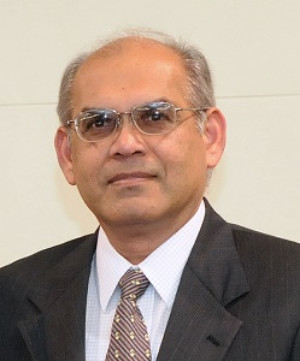Composite Materials in Skeletal Engineering
A special issue of International Journal of Molecular Sciences (ISSN 1422-0067). This special issue belongs to the section "Materials Science".
Deadline for manuscript submissions: closed (29 February 2012) | Viewed by 85224
Special Issue Editors
2. Department of Bioengineering, University of Illinois at Chicago, Chicago, IL 60607, USA
Interests: bioceramics; bone regeneratio; calcium phosphate; drug delivery matrices; biomimetic ceramics; tissue engineering; biological interactions of calcium phosphates; osteoinduction
Special Issues, Collections and Topics in MDPI journals
Special Issue Information
Dear Colleagues,
Skeletal tissues, such as bone, muscles, tendon, and ligaments represent a remarkable feat of nature’s engineering. These tissues are designed for a lifetime of repetitive, complex loading, with the capacity for healing and repair. Reproducing skeletal tissues with synthetic materials is an engineering challenge.
Composite materials provide a wider range of properties than the basic classes of materials (metals, ceramics, and polymers), so they offer an attractive approach for mimicking the properties of skeletal tissues. Interest in nanocomposites stems from the significant property advantages which they can offer over their conventional counterparts. The recently-developed field of tissue-engineering is attracting considerable interest for the regeneration of diseased or damaged tissues; it is probable that composite materials will play a significant role in repairing or restoring human skeletal tissue.
In this issue, recent advances in the development of composite materials for the repair and regeneration of skeletal tissues are emphasized and discussed. Guest authors describe advances in the fabrication, design, and testing of these materials. It is hoped that this special issue will serve as a platform for the cross-fertilization of ideas and concepts that ultimately lead to products and developments to advance improved skeletal health for humans.
Mohamed N. Rahaman, Ph.D.
B. Sonny Bal, Ph.D.
Guest Editors
Keywords
- processing and fabrication
- structural, mechanical, and biological properties
- engineered composite tissues
- applications







